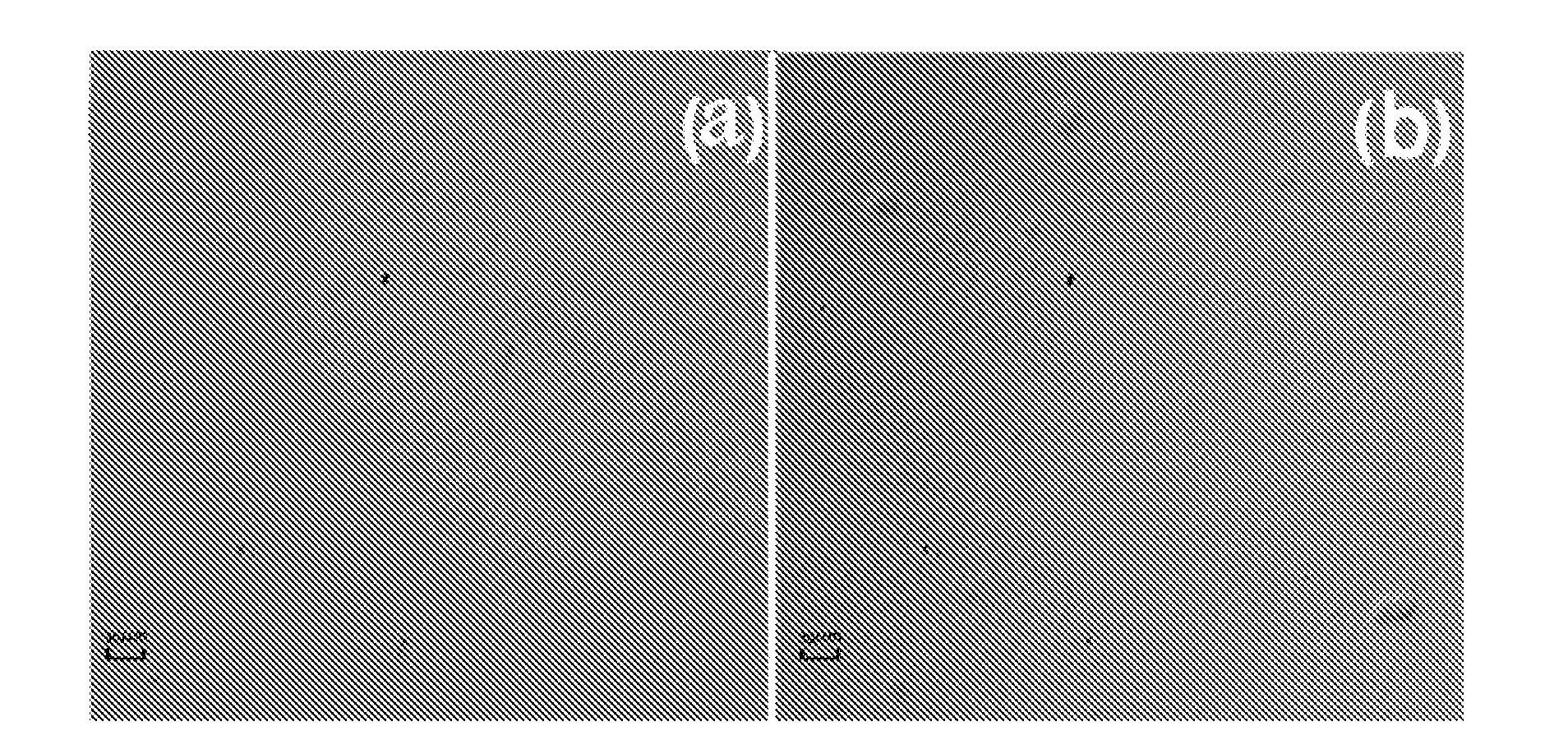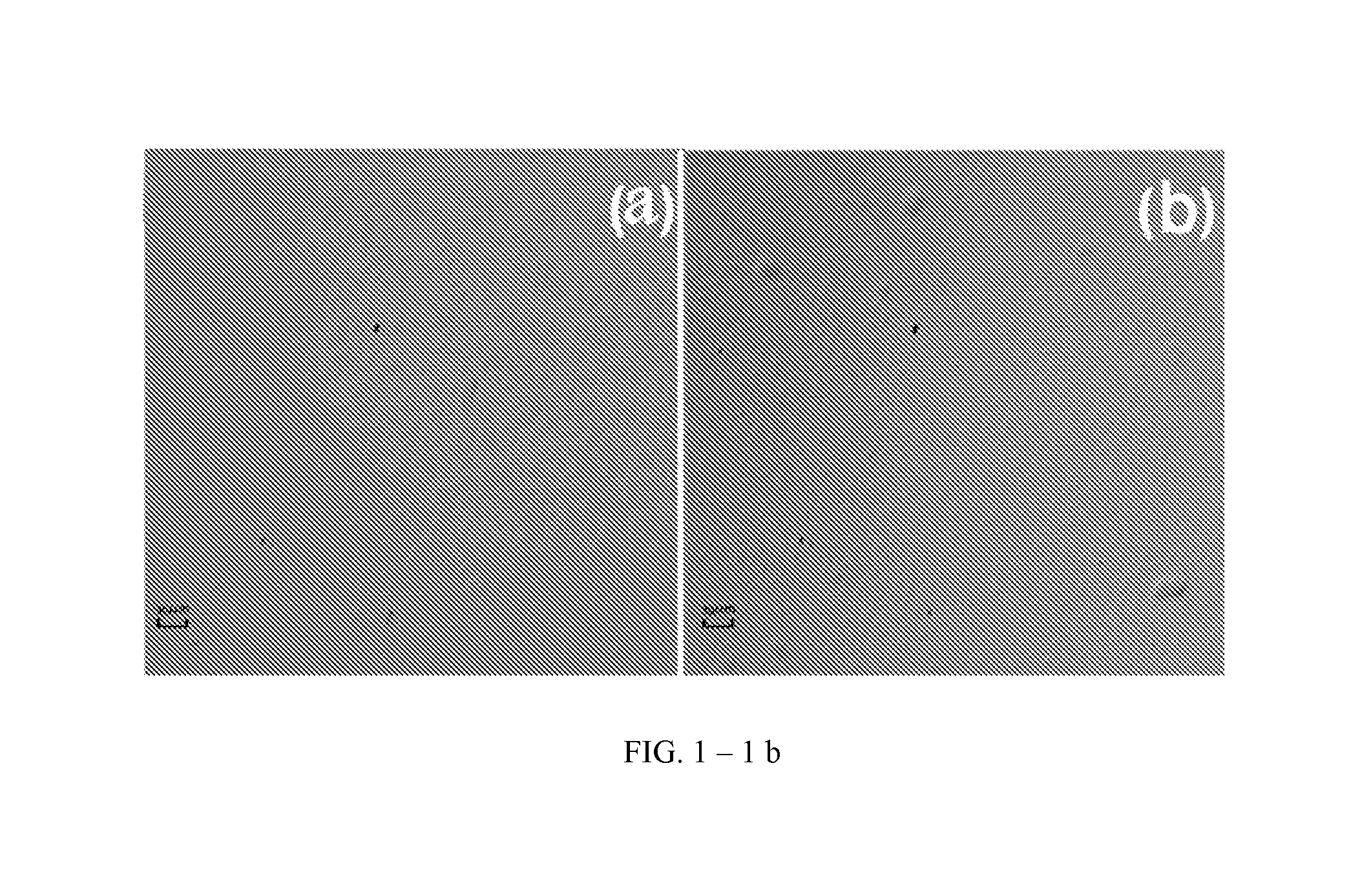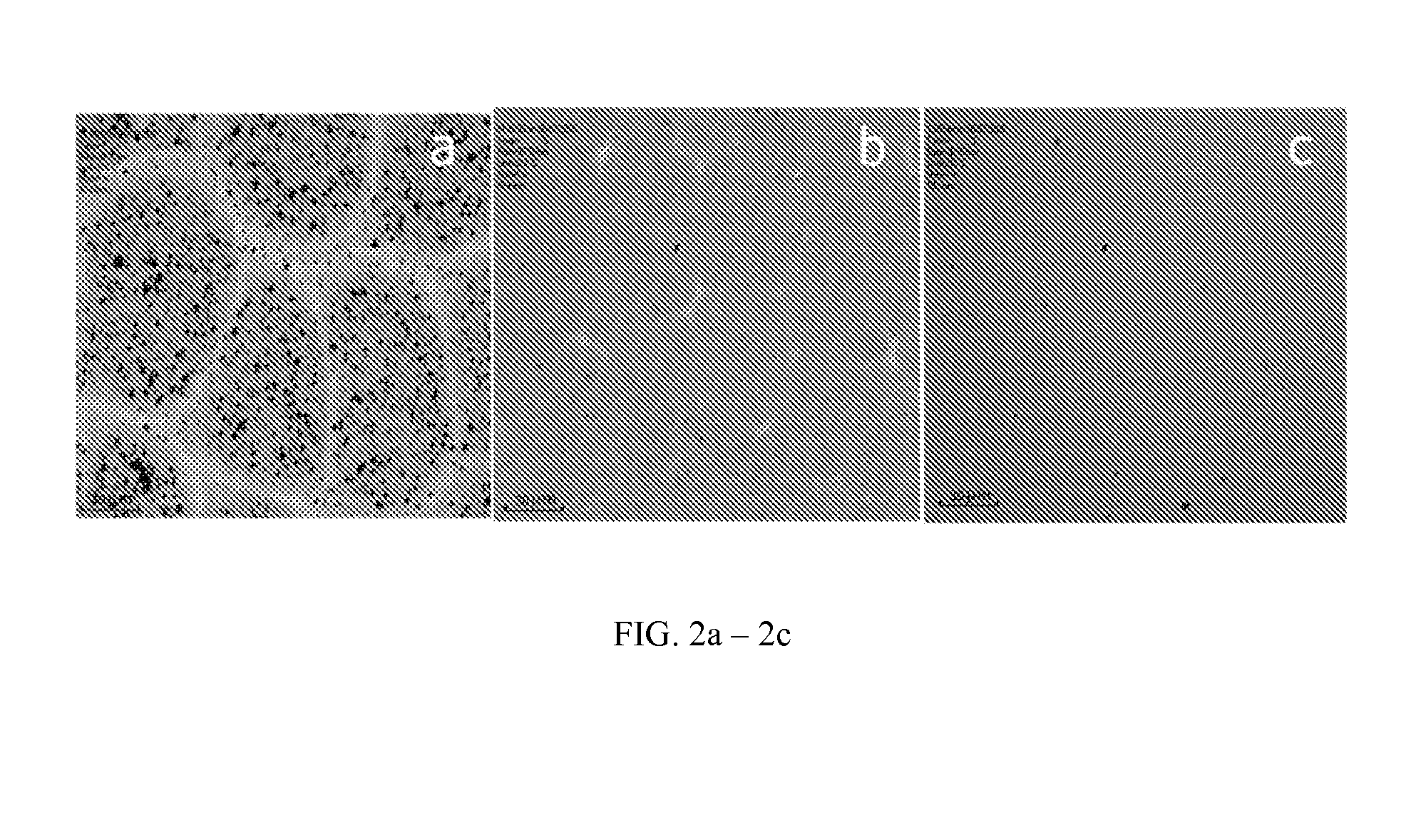Corrosion-Resistant Epoxy Nanocomposite Coatings containing Submicron Emeraldine-Base Polyaniline and Organomodified Montmorrilonite
a nano-composite, epoxy technology, applied in coatings, material nanotechnology, layered products, etc., can solve the problems of not finding suitable processing routes to produce coating formulations, major and extensively reported complication, and no method led to practical coating formulations, etc., to achieve convenient storage and transportation of coating compositions, stable dispersion, and economic attractive
- Summary
- Abstract
- Description
- Claims
- Application Information
AI Technical Summary
Benefits of technology
Problems solved by technology
Method used
Image
Examples
example 1
[0073]The base component is prepared with introducing of 3.4 gr of organomodified MMt clay gradually was poured into 100 gr EPON 828 as a liquid epoxy resins based on diglycidylether of bisphenol A. The epoxy equivalent weight of resin is between 175-190 gr. The mixing process is preformed under high-shear mixing with 2500 rev / min for 1.5 hr. After that the mixture was ultrasonicated for 2.5 hr. It is observed, that MMT was dispersed in said epoxy resin as there are dispersed particles observed in optical microscopy. As shown in FIG. 1 and FIG. 2.
[0074]On the other hand the hardening component is prepared with gradual pouring 0.6 gr of EB-PANI into the 22 gr of IPDA using a magnetic stirrer and 2.5 hr sonication at 50.degree.C. in an Erlenmeyer flask. The temperature was remained constant during sonication process using the water bath. At that time, the mixture turned out to be homogeneously blue. After mixing and ultrasonication, the mixture was centrifuged for 45 min and then filt...
example 2
[0075]Example 1 was repeated without layered silicate to render a coating composition without MMT. 22 gr of hardening component which prepared as example 1 was mixed with 100 gr of EPON 828. The mixture was applied on steel substrate as example 1. The resistance of such coating is shown in table 1.
example 3
[0076]Example 1 was repeated without polyaniline to render a coating composition without EB-PANI. 100 gr of base component which prepared as example 1 was mixed with 22 gr of IPDA. The Mixture was applied on steel substrate as example 1. The resistance of such coating is shown in table. After 500 hr salt spray test based on ASTM B117, there is not sign of rust or blister on the unscribed surface such coating but the progress of corrosion in the scribed surface of such coating.
PUM
| Property | Measurement | Unit |
|---|---|---|
| conductivity | aaaaa | aaaaa |
| particle size | aaaaa | aaaaa |
| particle size | aaaaa | aaaaa |
Abstract
Description
Claims
Application Information
 Login to View More
Login to View More - R&D
- Intellectual Property
- Life Sciences
- Materials
- Tech Scout
- Unparalleled Data Quality
- Higher Quality Content
- 60% Fewer Hallucinations
Browse by: Latest US Patents, China's latest patents, Technical Efficacy Thesaurus, Application Domain, Technology Topic, Popular Technical Reports.
© 2025 PatSnap. All rights reserved.Legal|Privacy policy|Modern Slavery Act Transparency Statement|Sitemap|About US| Contact US: help@patsnap.com



